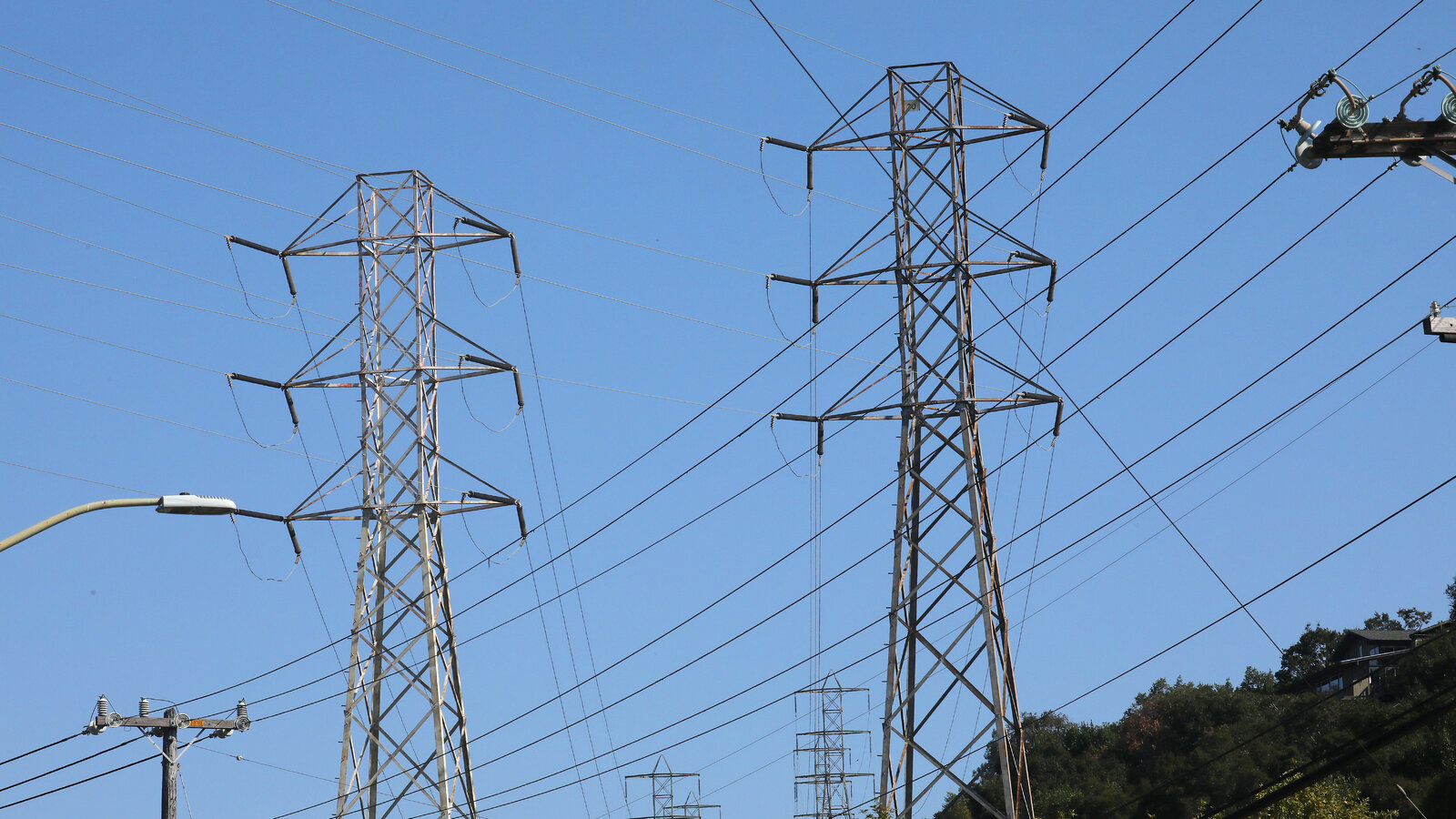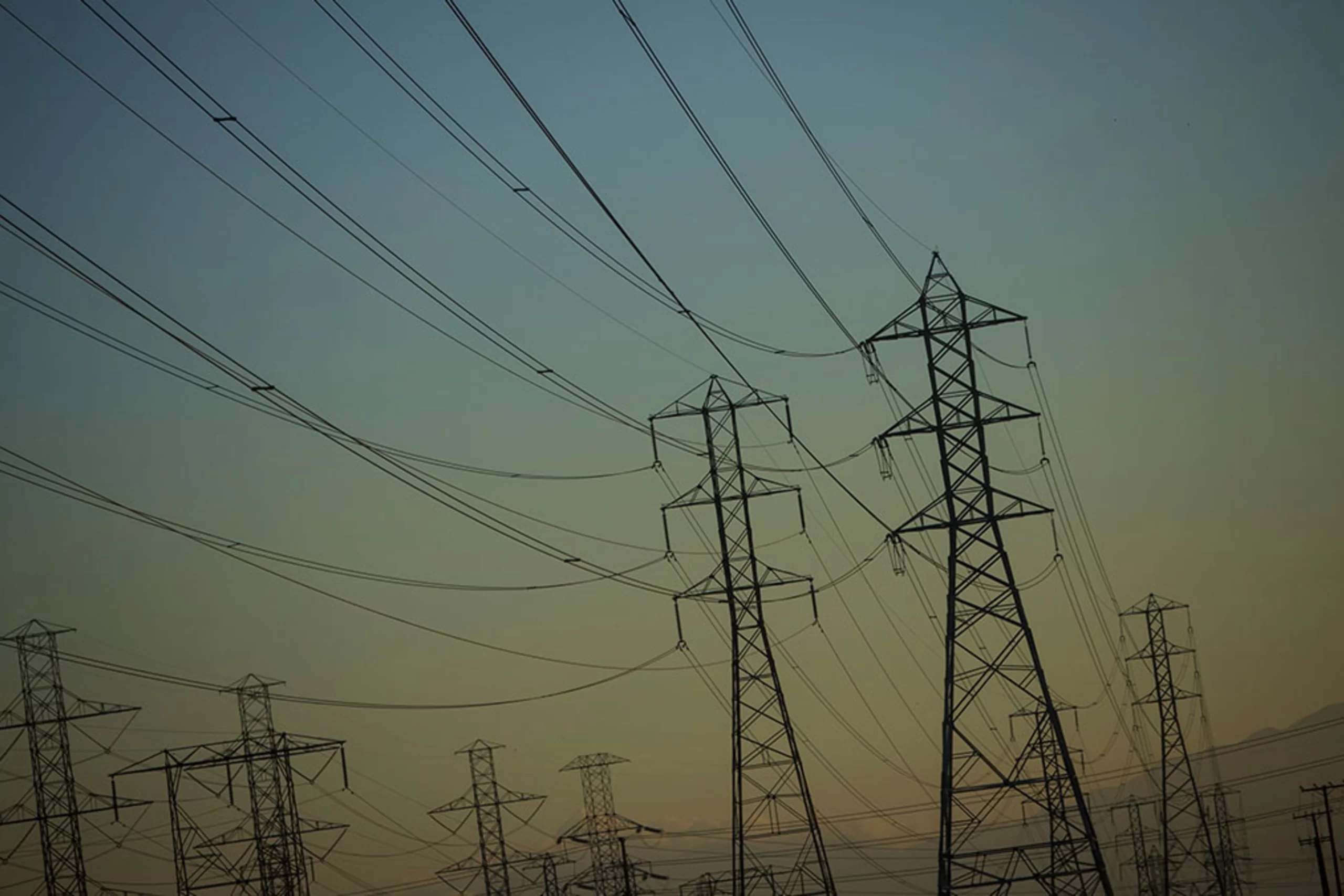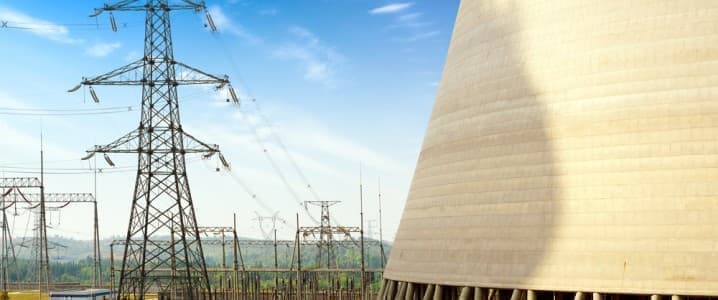Advanced reconductoring is a technique gaining attention for its potential to enhance the capacity of power grids across the United States. Unlike the prolonged process of constructing new power lines, reconductoring involves replacing existing lines with state-of-the-art cables, offering a faster, cheaper, and less disruptive alternative.
This method doesn’t necessitate regulatory approval for new infrastructure, making it an attractive option for energy companies seeking to upgrade their systems efficiently. Early adopters of reconductoring have demonstrated its effectiveness in reducing wildfire risks, lowering costs, and doubling capacity.
As the United States explores diverse alternative energy options, the government is urgently seeking ways to modernize and expand its grid infrastructure. Much of the existing grid is outdated and centered around major energy hubs, posing challenges for integrating renewable energy projects in remote or offshore locations.

Experts argue that a comprehensive overhaul is necessary to accommodate the rapid growth of renewable energy capacity. However, there’s debate over whether reconductoring, a technique widely used in other countries, could be a viable solution for upgrading old power lines across the U.S.
Reports suggest that advanced reconductoring has the potential to double the grid’s capacity in many parts of the U.S. by replacing conventional power lines with cables made from innovative materials, such as carbon fiber.
Despite the availability of this technology in the U.S., major energy companies have been hesitant to adopt it due to unfamiliarity with the materials and concerns about regulatory hurdles. However, the technique offers significant advantages, including quicker implementation, cost-effectiveness, and bypassing the need for regulatory approval for new infrastructure.

Already, some companies have begun implementing reconductoring projects with promising results. NV Energy in Nevada installed advanced conductors across 125 miles of power lines, with plans for further expansion. Similarly, Excel Energy in Minnesota doubled capacity by adding new lines using reconductoring techniques. These initiatives not only enhance capacity but also mitigate wildfire risks and reduce costs along transmission corridors.
Despite the benefits of reconductoring, challenges remain in scaling up its implementation nationwide. Utility companies must navigate regulatory approval processes, address skepticism from regulators about investing in new technologies, and justify the higher costs of advanced cables.
Moreover, uncertainties surrounding future energy demand and the need for grid “futureproofing” present additional hurdles. Nevertheless, reconductoring could play a significant role in increasing the capacity of existing infrastructure, ensuring the efficient distribution of energy as the demand for clean energy grows in the United States.


